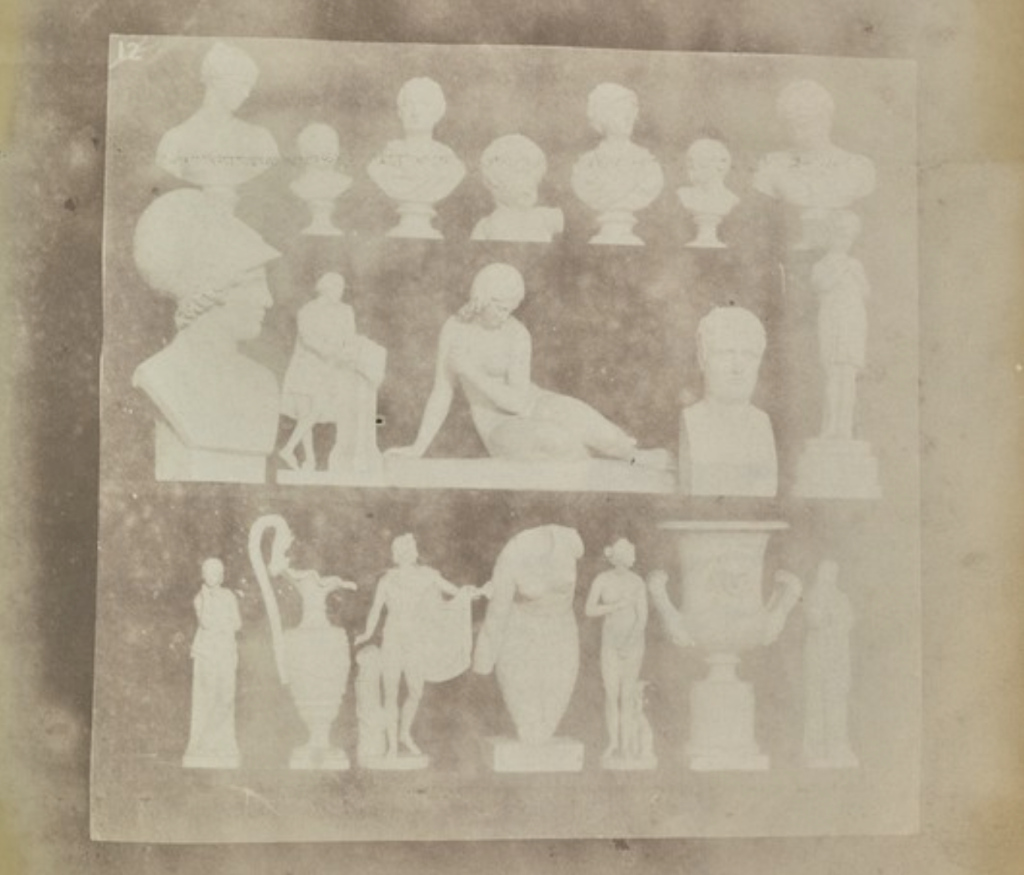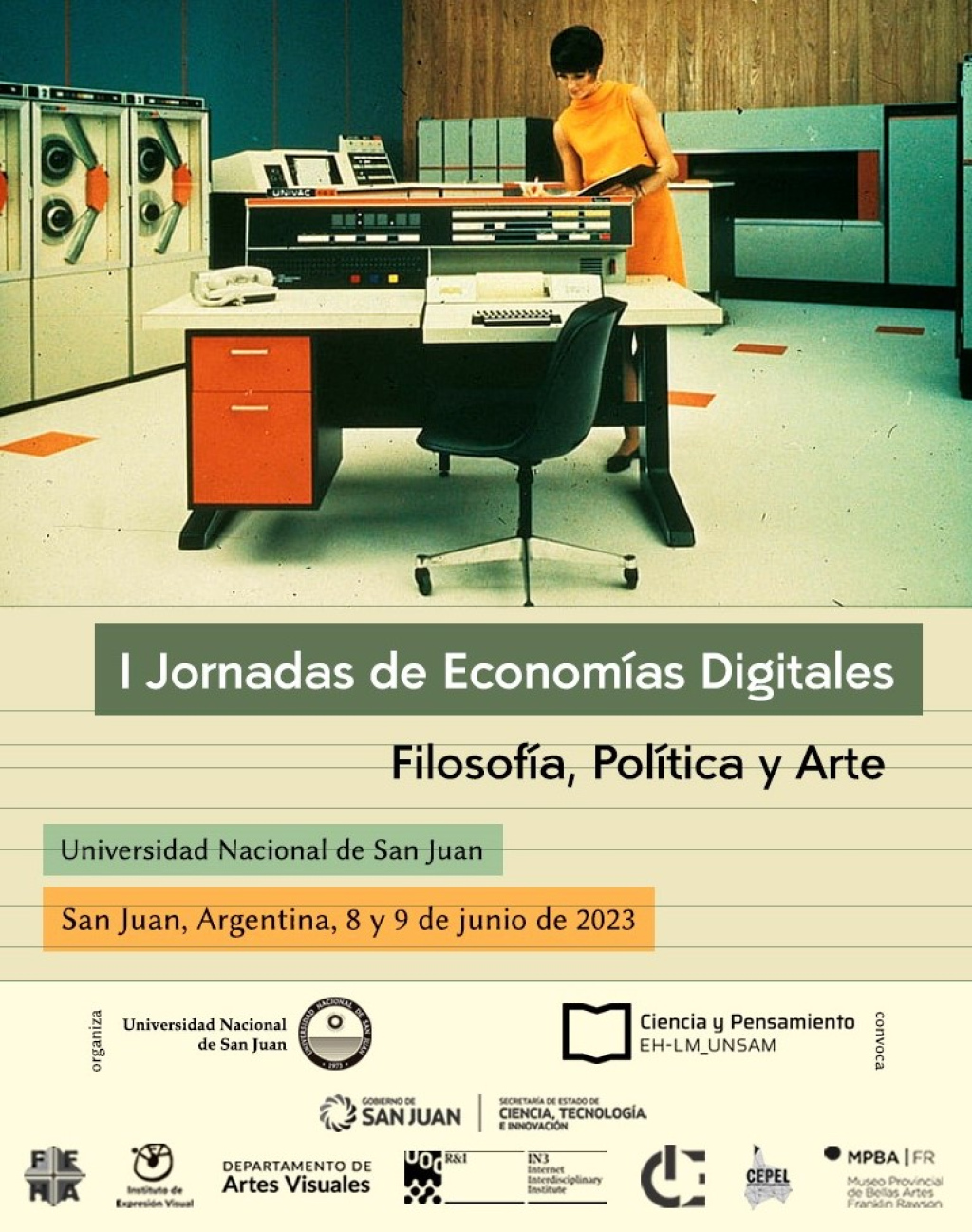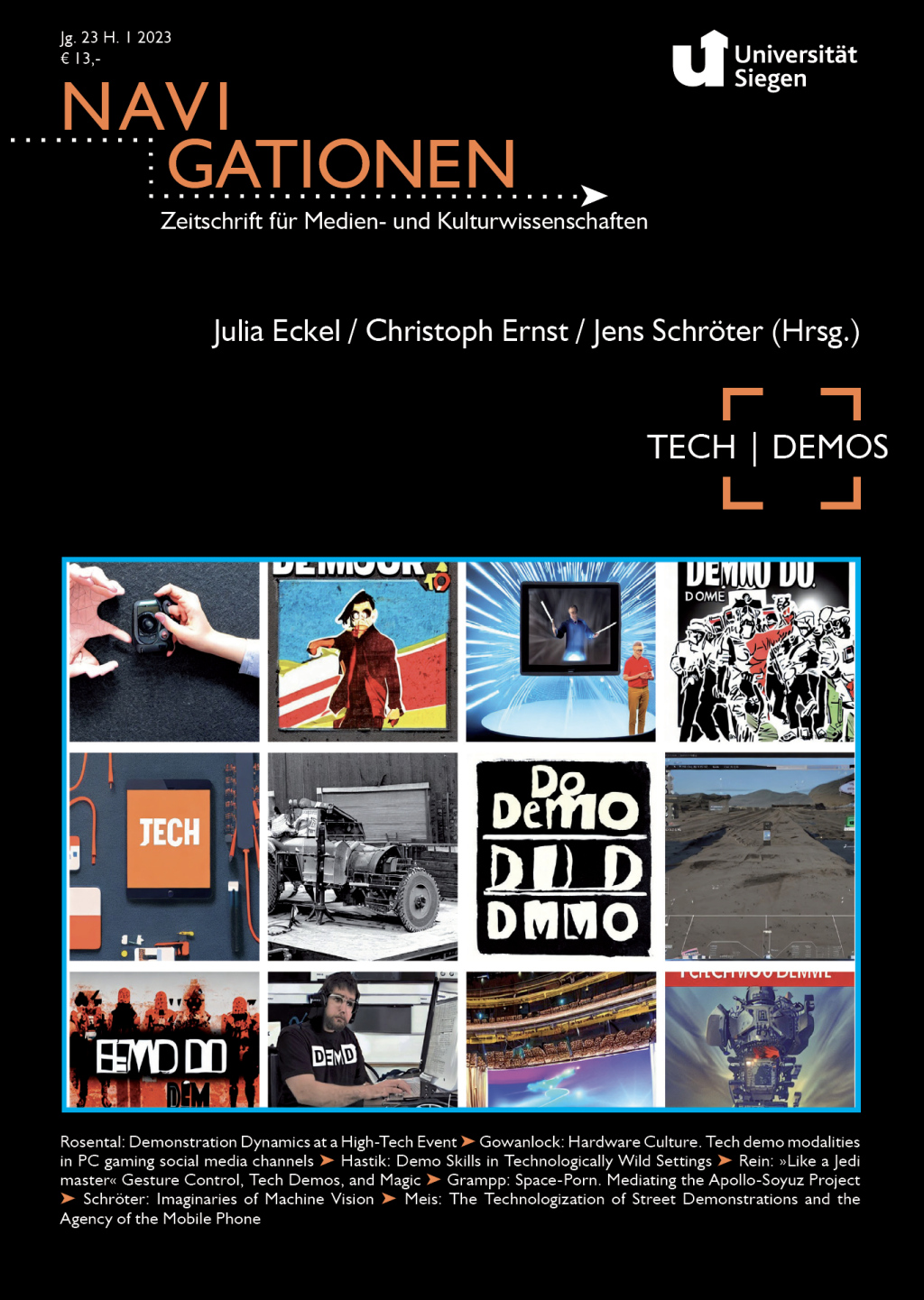
Holography and Sculpture
Jens Schröter gives a talk at Bibliotheca Hertziana Rome (Max Planck Institute for the History of Art), 12.10.2023
Here is the link to the Workshop!
Image: William Henry Fox Talbot, Casts on Three Shelves, in the Courtyard of Lacock Abbey (detail), c. 1842–44,Salted paper print from a paper negative, 18 × 17.9 cm (sheet), Getty Museum, Los Angeles

Jens Schröter wins prize for his paper »Zum Eurozentrismus im Begriff des Bildes«
Prize awared by the »Gesellschaft für interdisziplinäre Bildwissenschaft«
On the 7.10. Jens Schröter was awarded the prize.
Here is the link to the paper.
Image: Logo of the »Gesellschaft for interdisziplinäre Bildwissenschaft«.


27.9. - 30.9.2023
Annual Conference of the Society for Media Studies .... in Bonn! On: Dependencies!

New volume edited by Nicol A Barria-Asenjo and Slavoj Zizek!
Containing »Is there a political unconscious in technology?« by Jens Schröter
Here you can download the book!
Here is the Spanish version in the renowned journal Revista Guillermo de Ockham!

Virtual Keynote of Prof. Dr. Jens Schröter! 8.6.2023 on the Conference on Digital Economy in San Juan, Argentina!
Circulation and Scarcity. On Non-Fungible Tokens.

OUT NOW!
Navigationen 1/2023 zu: »Tech | Demo«
On the one hand, the volume focusses on technology demonstrations as cultural and instrumental practices in the contexts of technology- and media-development. On the other hand, the contributions highlight the technologization of demonstrations regarding the reliance of (political) demonstrations on media technologies. Building on this nexus, demonstrations appear as mediahistorically and -theoretically significant sites that reveal and negogiate intersections of technology, individual, and society, politics, performance, and aesthetics, as well as human and technical scopes of agency.



